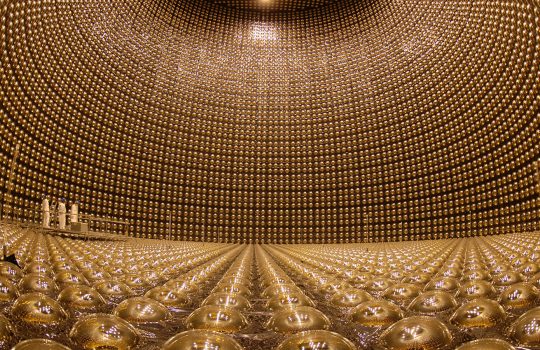The neutrino painter
Particle physics is driven by surprise. Researchers in the 1960s studying tiny but ubiquitous particles called neutrinos found only a fraction of what they expected to be in their detector. That unexpected result eventually led to the discovery that neutrinos are shape-shifters, oscillating between three types as they travel. In this stop-motion video, Symmetry writer Zack Savitsky imagines a painter discovering a similar surprise among his art supplies.










